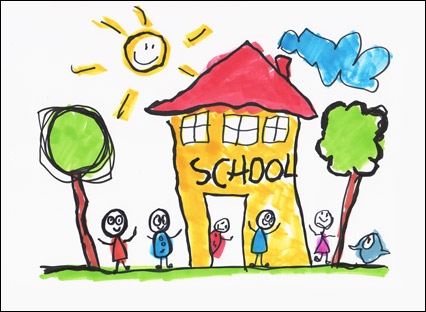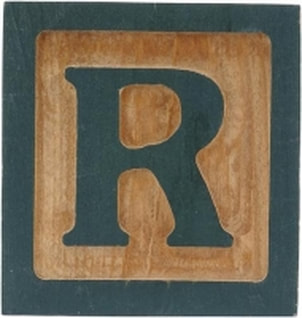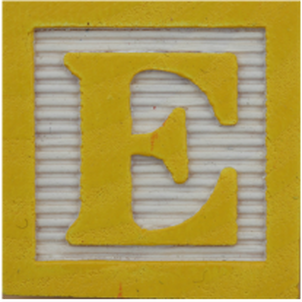CORE Learning Experiences
This brief article explores the elements of CORE Learning Experiences. These experiences form the core of the approach to arts integration advocated on this website. The descriptions below for each of the four elements (Complex, Organized, Reflective, Engaging) draw extensively from educational research and theory, underscoring how vital each element is for effective, meaningful, and memorable instruction. Together, the four elements form the acronym CORE to further emphasize that the arts are an important part of the core curriculum nationally and in most states. Plus, regardless of curricular requirements, the arts constitute a vital core element of human cognition and experience.




